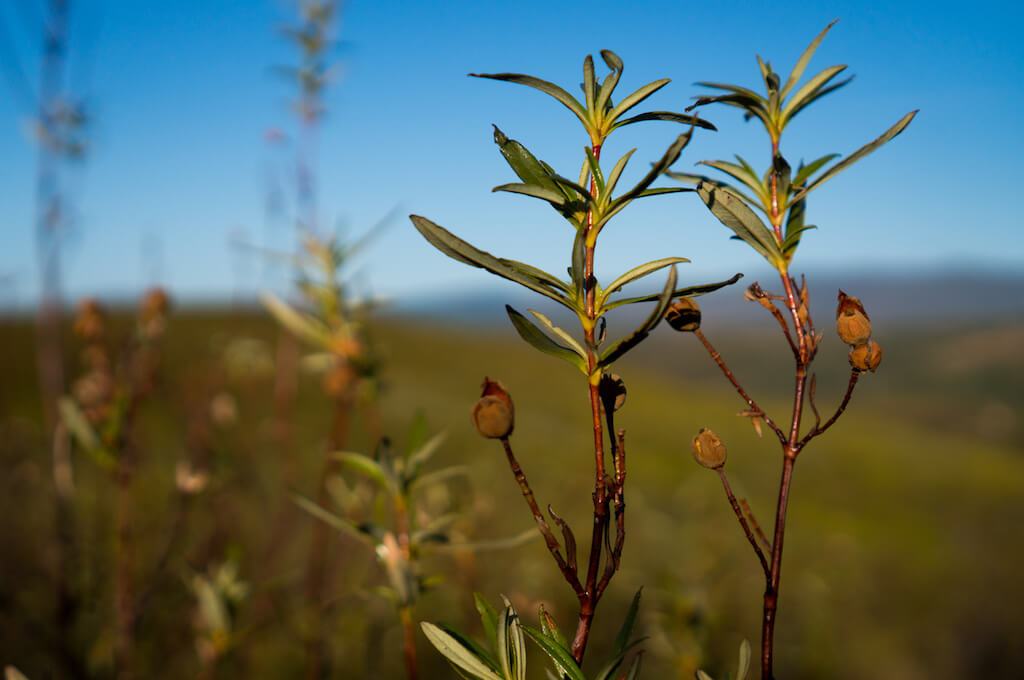“The natural and landscape richness of the mountainous mountain range Montesinho – Coroa and the valuable cultural elements of the human communities that have settled there justify that actions are urgently initiated in order to safeguard the patrimony and the socio – cultural animation of the populations.
This paragraph is the beginning of the preamble to Decree-Law no. 355/79, of August 30, which classified the northern part of the counties of Bragança and Vinhais as a Natural Park. This status was justified by the natural, landscape and human values of the region, the receptiveness of local authorities to safeguard the heritage of their municipalities and parishes and the potential of outdoor recreation and sport that the region possesses.
In the area of the PNP there are populations and animal communities representing the Iberian and European fauna still in relative abundance and stability, including many of the endangered species of Portuguese fauna, as well as a natural vegetation of great importance at national and even world level that, associated to the reduced almost all of its territory, allows a large part of ecological processes to evolve in patterns very close to natural ones. All these values, exemplary in terms of nature conservation, justify the application of adequate protection measures to an area that constitutes national and European heritage.
Several circumstances contributed to the territory of the PNM to the present day closing a differential biodiversity in the context of the national, Iberian and European space. Due to its particular ecotone situation between the southern Mediterranean biome and the Euro-Siberian peculiarities provided by the southern extension of the Atlantic ridges of the Iberian Peninsula, its peripheral character is combined with the major urban development axes of Portugal and Spain, preserving communities and habitats with a sustainable character practically nonexistent in the temporal and spatial scopes that frame the PNM. On the other hand, a base is also diversified, from the point of view of its geological history, as well as of its character of mountain conditioner of the climate, hydrology and soil.
In the vegetal, fungal and animal components of the natural values of the PNM stand out the biocenoses characteristic of rare lithologies present in this territory, such as those related to ultrabasic outcrops, as well as considerable masses of characteristically climatic forests, and of riparian tree communities, the great richness of the micota of the PNM, mainly its innovative character in terms of its conservation, and the fauna, especially rich and diversified, at the level of the mammals or at the level of the birds or even of the reptiles. This richness is also complemented by important semiaquatic fauna of species with privileged status in terms of nature conservation. Taken together, these components – flora and vegetation, fungi and fauna – fill the natural value of the PNM with both rare and functional.
The Natural Park of Montesinho has a rich socio-cultural patrimony with daily practices coming from ancestral customs and customs, although already marked by the increasing mobilities of the people and the technological innovations. The parties are an example of this, being a link between the villages and a pretext for the reunion of families and friends. Of special value are the age-old “Festivities of the Boys”, held mainly in the area of Lombada by Christmas or Kings, according to the custom of each village. Another aspect of the regional culture is traditional music, which always accompanies the festivities and highlights the Celtic sonorities of bagpipes.







